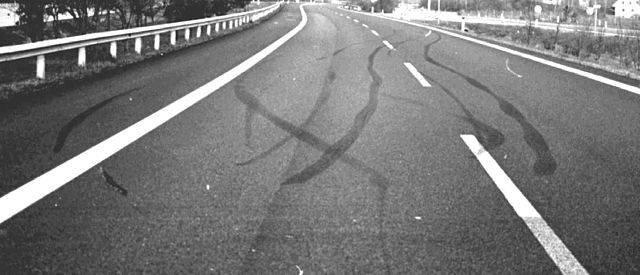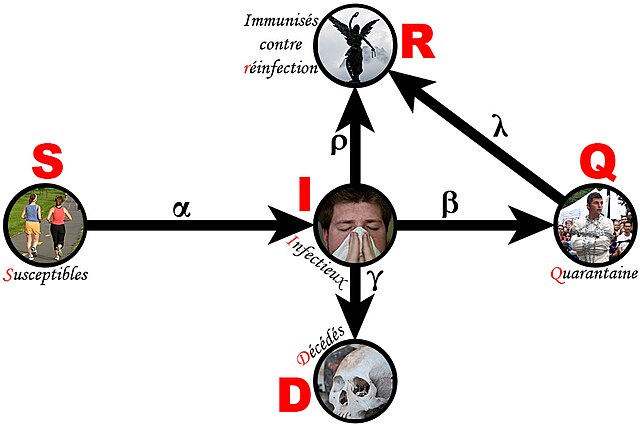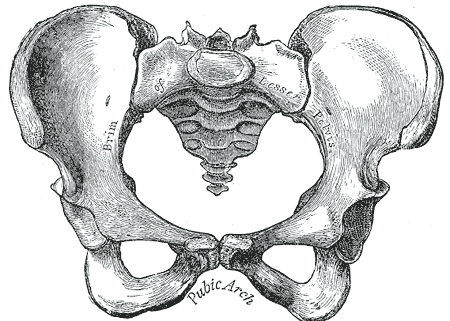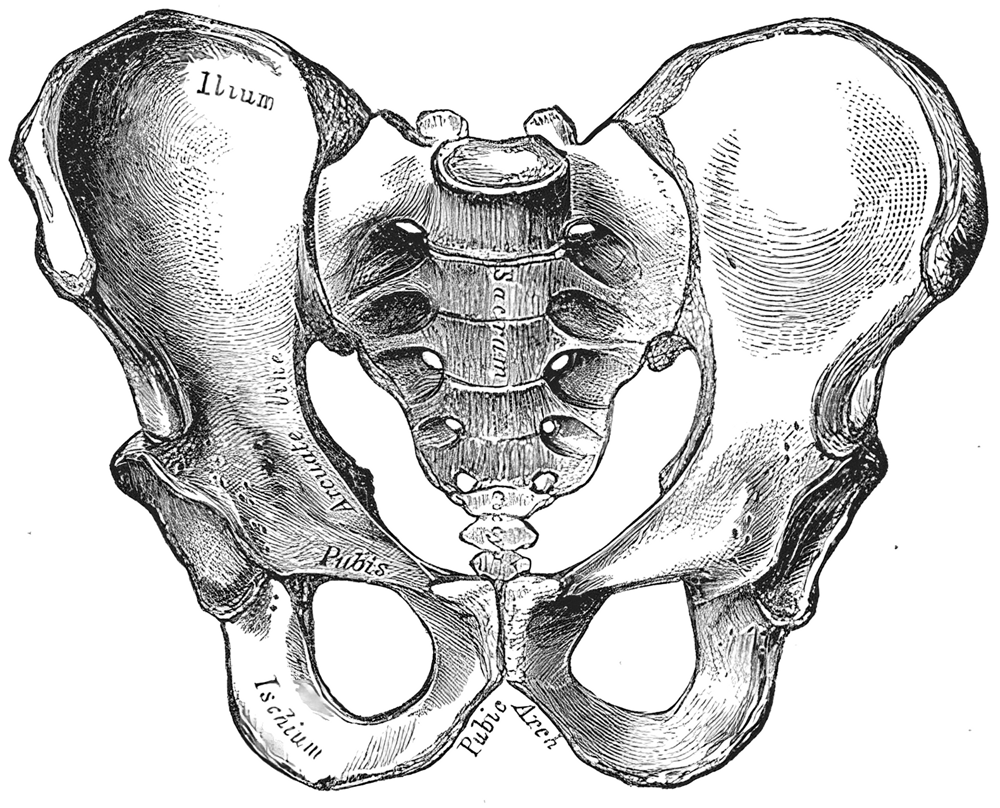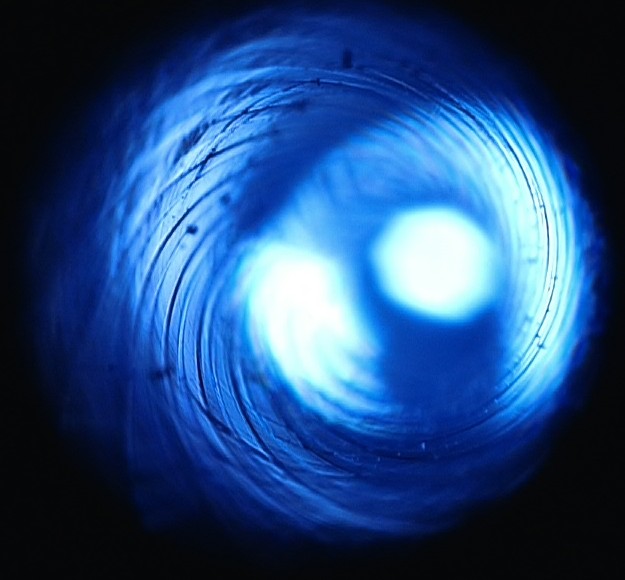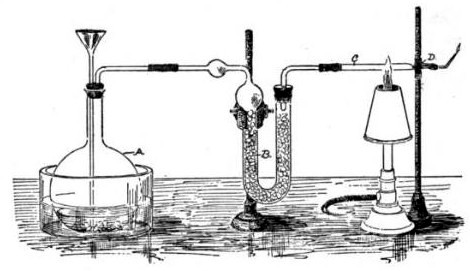We just learned about how Tire Skid Marks can help show what happened in a car accident.
Another type of forensic science is Fire Investigation.
After a big fire happens, the forensic scientists will go into the burned building or car, and look for evidence.
They look for things to tell them what may have started the fire.
There are lots of accidents that can start fires, like stoves or electrical plugs, or even magnifying glasses.
But sometimes bad people start fires either to hurt someone or to burn down a building they don't like.
When someone starts a fire like that on purpose it is called arson.
The scientists can tell from the different kinds of chemicals in the burned building or from the way the flame burned how it started and maybe even tell if it was an accident or on purpose.

(from: wikipedia - arson)
Kid Facts - Blast from the past: GNC - Guidance, Navigation, and Control
